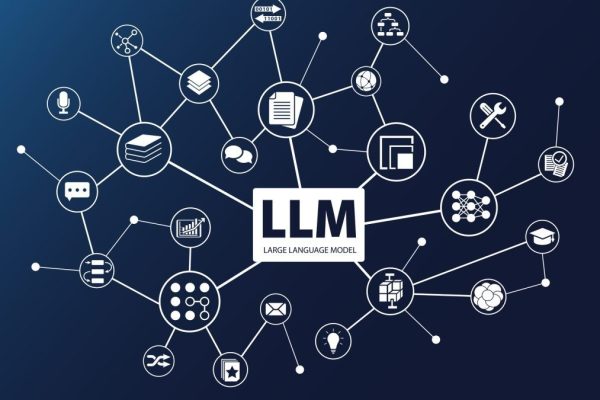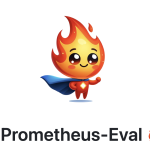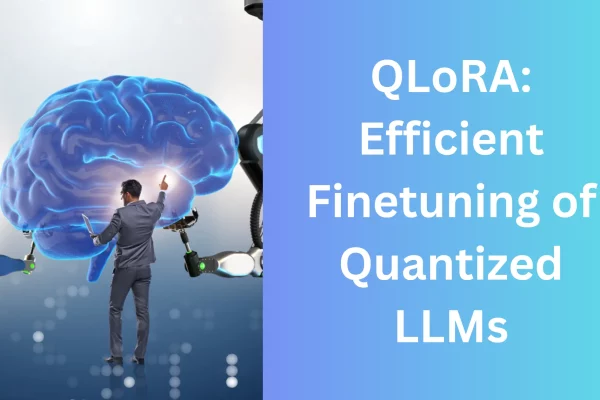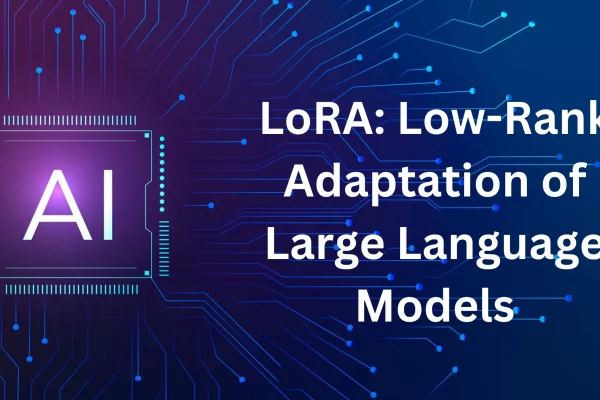
The Best Strategies for Fine-Tuning Large Language Models
Large Language Models have revolutionized the Natural Language Processing field, offering unprecedented capabilities in tasks like language translation, sentiment analysis, and text generation.
However, training such models is both time-consuming and expensive. This is why fine-tuning has become a crucial step for tailoring these advanced algorithms to specific tasks or domains.








